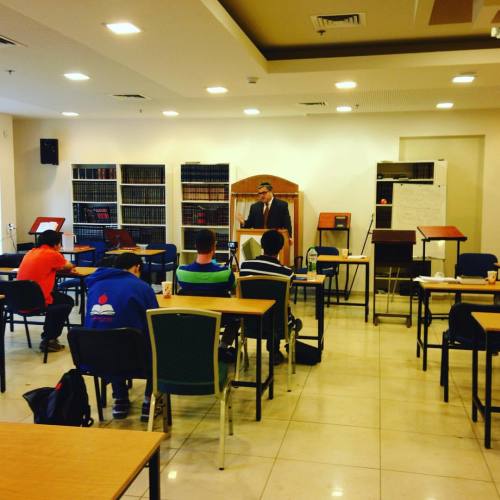#Livingthedream Day 428 It Always A Privilege To Have Great Leaders Of The Jewish People Speak To The

#Livingthedream day 428 It always a privilege to have great leaders of the Jewish people speak to the students at www.migdalhatorah.org We heard a stirring teshuva drasha from Rabbi Steven Burg of Aish. (at Yeshivat Migdal Hatorah)
More Posts from Farkash-gallery-blog and Others

Happy Mother’s Day!






Some of the very charming,stylish and jewish related pictures of Jacob Steinhardt. Read about him here.

Meeting with the Jewish Shepherd Avraham Herzlich in the field with his goat outside Tapuach (at צומת תפוח)

Female Bust, 1936 ~ Pablo Picasso

When Mosses met God , he asked him his name and God replied “I am that I am”. Thus it was the transformation of whole religious notion because now human no longer could control the God. #Evolution of #religions. #atheist #atheism #God #jewish by bemayaar https://instagram.com/p/8TvDSKDR3Z/






Oil paintings by Jewish Amazigh artist Chama Mechtaly

How does your garden grow?
Not very tall, if it’s full of dachshunds.
This peculiar illustration comes from the guest book of the Hewitt family, the founders of the Cooper Hewitt, Smithsonian Design Museum. The book spanned more than 50 years and included signatures and more involved artwork and poems.
Lacking context or explanation, “Dachshund Nursery” was probably done by Caroline King Duer, a frequent visitor to the Hewitt’s Ringwood Manor, in 1896. Learn more from cooperhewitt‘s blog.

Georges Braque, Glass on a Table, 1909-10, oil on canvas, 33.1 x 37.2 cm, Tate Liverpool. Source
Farkash Gallery, Vintage Israel poster, Old Jaffa, Israel

West African women, unlike their East African sisters, eschew the bright reds and other primary colors. They allow themselves black, white, ocher, yellow and beige earth tones. They do employ blue, but it is the blue black, electric indigo or the soft, subtle blue of West African mornings. Maya Angelou, Art of Africa, Even the Stars Look Lonesome.
Design Patterns from Ghana. Though the colour palette is broader than defined by Maya Angelou I like that the excerpt distinguishes the way colours (and of course designs) vary in African countries and in particular how this is tied to the landscape.
The first pattern reminds me a little of a kolam called Sita Mudichu (Sita’s Knot). and the last of the simple pulli (dot) kolam.
Pic Source.
-
 farkash-gallery-blog reblogged this · 9 years ago
farkash-gallery-blog reblogged this · 9 years ago -
 rabbiuripilichowski reblogged this · 9 years ago
rabbiuripilichowski reblogged this · 9 years ago